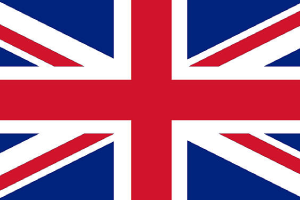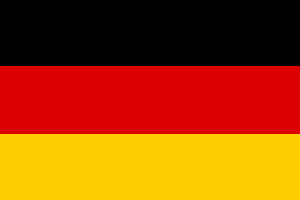Tooth Extraction

Tooth extraction is the process of removing a tooth from the jawbone or gum.
Tooth Extraction
Treatment Details
Average Stay Duration
1
Hospital Stay Duration
1
Operation Duration
1
Type of Anesthesia
1
Recovery Duration
1

Tooth Extraction Reasons, Procedure and Aftercare
Tooth extraction is the process of removing a tooth from the jawbone or gum. This procedure is usually performed to make room for a tooth that is irreparably decayed, broken, infected, stuck during eruption or due to orthodontic treatment. Tooth extraction is a routine dental procedure that dentists and oral surgeons often refer to.
Reasons:
- Severe Bruising or Damage: In cases of severe damage caused by tooth decay or trauma, the tooth may need to be extracted because it is beyond repair.
- Clenched Teeth Teeth such as wisdom teeth can get stuck or erupt in the wrong direction due to the limited jaw structure. In this case, tooth extraction may be preferred.
- Orthodontic Treatment: Tooth extraction to straighten tooth rows and create space between teeth can be part of orthodontic treatment planning.
- Infection or Abscesses: Infections around the gums or tooth root may require the tooth to be extracted. Extraction is a frequently used method for the treatment of abscesses.
- Tooth Cracking Tooth cracks can progress over time and negatively affect the structure of the tooth. If the crack cannot be healed, tooth extraction may be considered.
Tooth Extraction Procedure:
- Examination and X-ray: Before tooth extraction, the dentist examines the patient and takes X-rays if necessary. This helps to assess the position of the tooth and the condition of the jawbone.
- Anesthesia Practice: Tooth extraction is usually performed under local anesthesia. The tooth and surrounding tissues are numbed, preventing the patient from feeling pain or discomfort.
- Tooth Extraction The dentist extracts the tooth using special instruments. The tooth is connected to the jawbone and gums, so these connections are carefully cut during tooth extraction.
- Sutures and Healing: If necessary, sutures can be applied at the extraction site. The healing process usually starts within a few days after tooth extraction. The healing process may vary depending on the type and condition of the area where the tooth was extracted.
Care After Tooth Extraction:
- Cold Compress Application: To reduce swelling and pain after tooth extraction, it may be useful to apply a cold compress to the extraction site.
- Rest and Spoon Ice: The patient should rest for a few days after tooth extraction and eat soft, cold foods.
- Drug Use: Painkillers or antibiotics recommended by the dentist can be used.
- Smoking and Drinking Alcohol: Smoking or drinking alcohol after tooth extraction can delay healing and cause complications.
- Suture Check: If sutures were applied during tooth extraction, they should be checked by the dentist after a certain period of time.
- Regular Dental Check-ups: Regular dental check-ups after tooth extraction are important for monitoring healing and early detection of any complications.
In some cases, tooth extraction may be an unavoidable procedure. However, with proper care and management before and after, this can usually be accomplished without any problems. The patient should follow the dentist's instructions after tooth extraction and seek professional help immediately in case of any problems.




